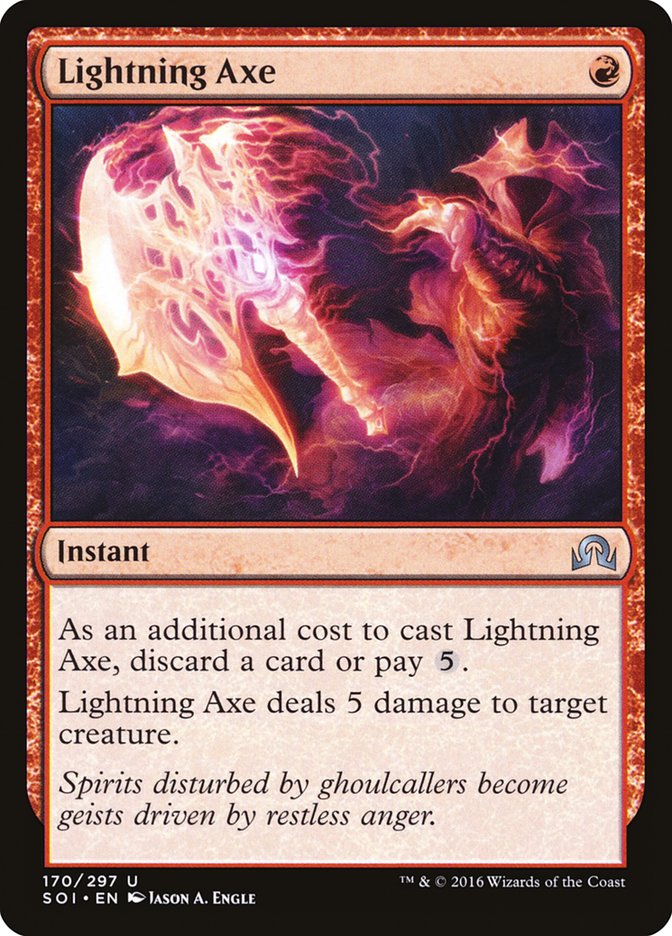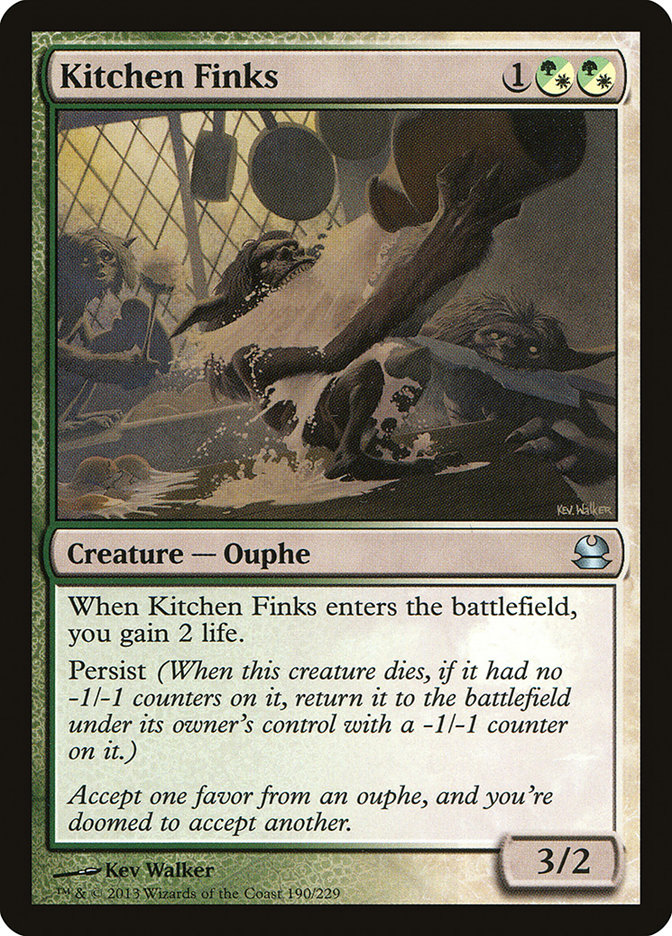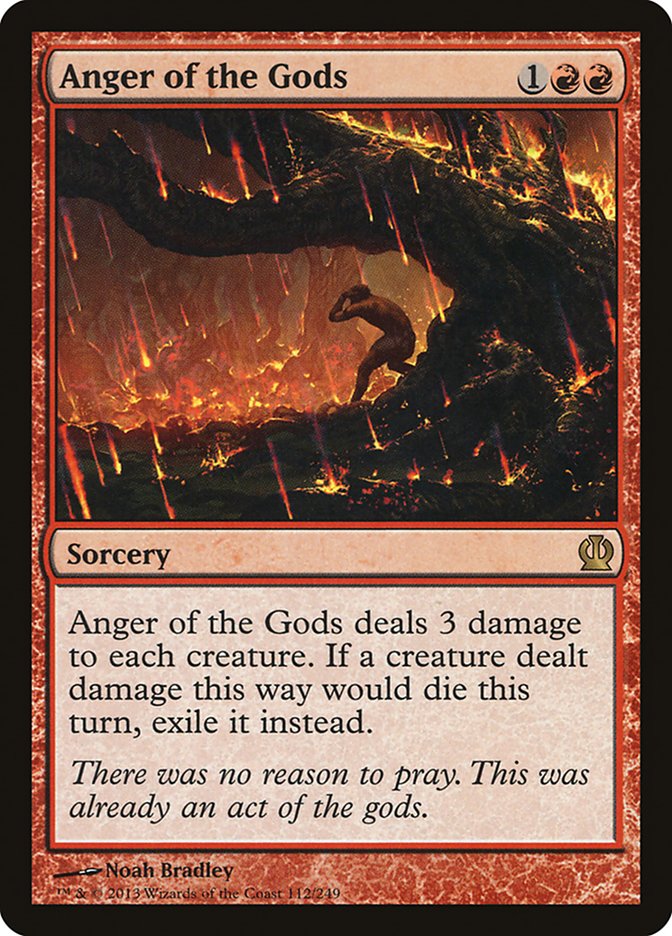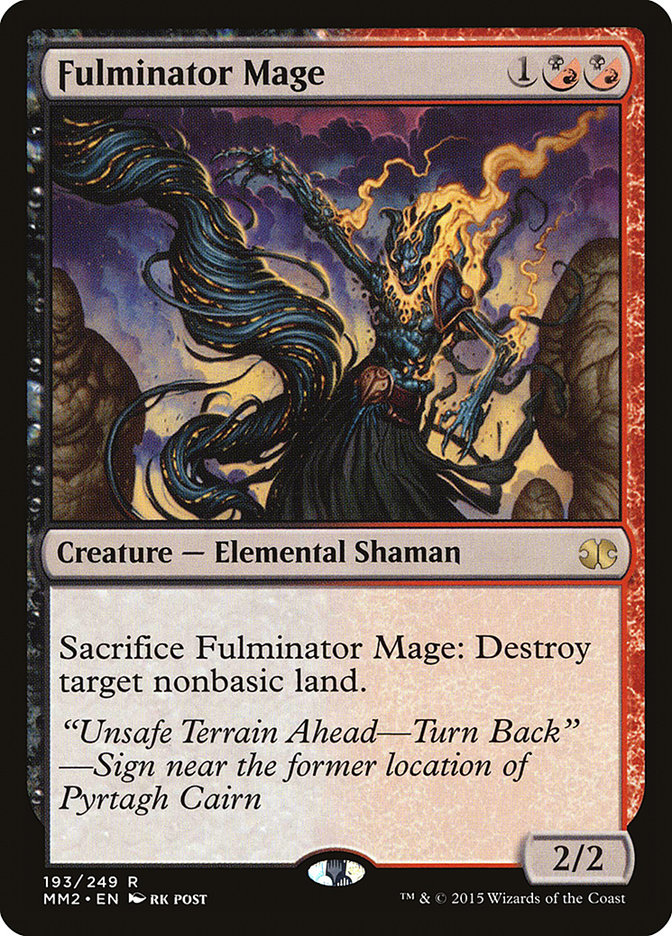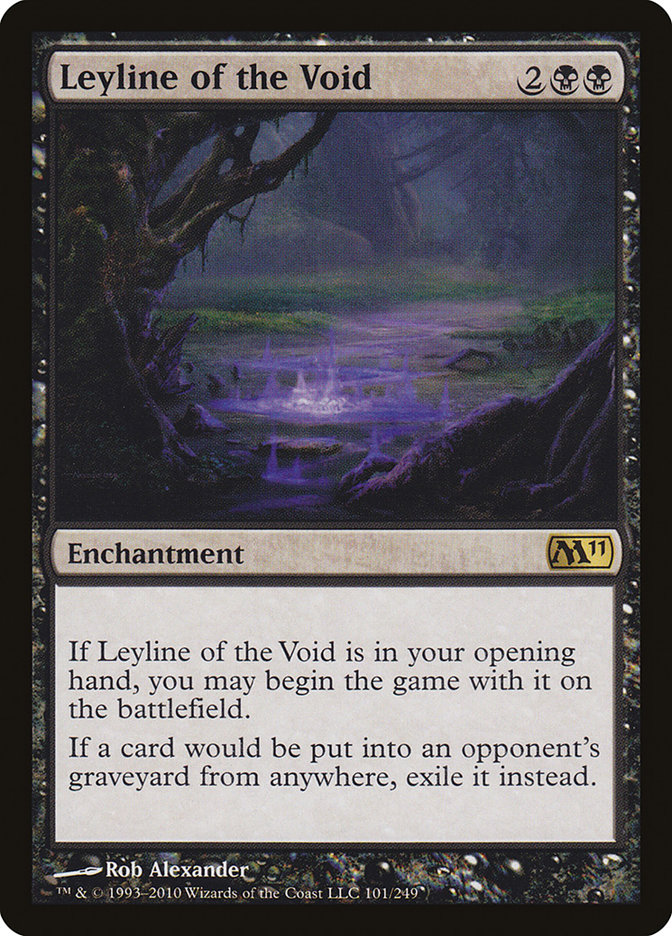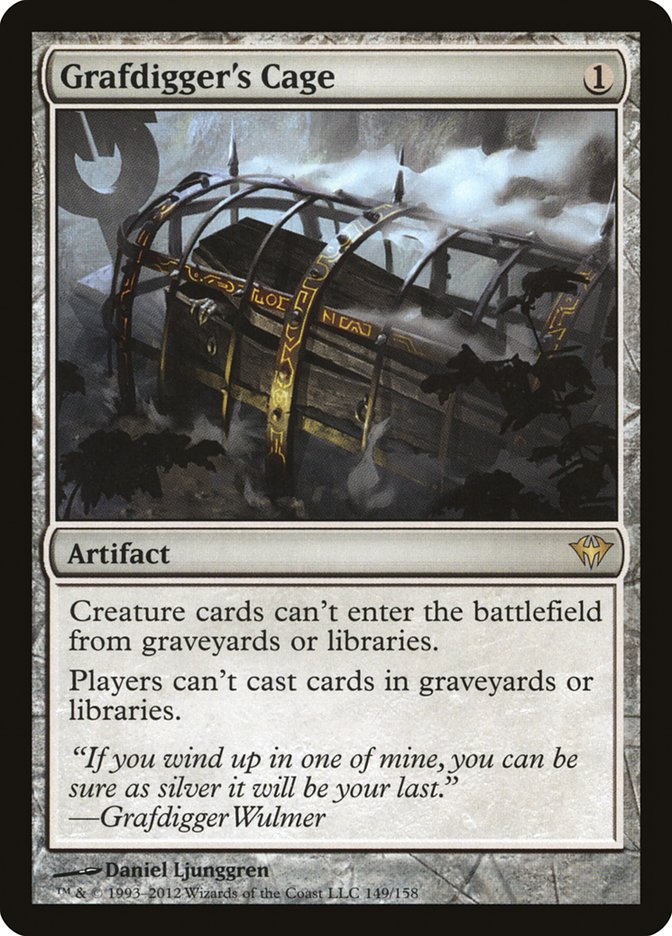With the final SCG Tour tournament of the year, the StarCityGames.com Invitational in Atlanta, coming up next weekend, all eyes are on the leaderboard to see who ends up making the final stride into the Player’s Championship. After jumping Jacob Baugh last weekend, I thought it was going to be smooth sailing from here. Of course, the Invitational is fairly top-heavy as far as points are concerned, but going into the event with a lead was a good start. Unfortunately for me, Brad Nelson decided to show everyone who’s boss and do his best Frank Underwood impression, taking down the Standard Open with B/G Delirium.
Creatures (15)
- 2 Pilgrim's Eye
- 3 Mindwrack Demon
- 1 Tireless Tracker
- 1 Emrakul, the Promised End
- 3 Ishkanah, Grafwidow
- 4 Grim Flayer
- 1 Noxious Gearhulk
Planeswalkers (4)
Lands (23)
Spells (18)

It has been a long, grinding year, and I’m just hoping that I don’t choke with everything on the line. While I’m taking a few days off for the Thanksgiving holiday, I’m looking to spend most of next week figuring out my two decks for the split-format event. Preparing for split-format tournaments is particularly difficult because you need to know just how much time to spend figuring out each format. For most, that means doubling the amount of preparation you usually put in for a tournament, and that’s a hefty order when most of your waking hours are spent thinking about or playing Magic already.
Since there weren’t any major developments in Standard last weekend, with B/G Delirium and W/U Flash putting up expected (and depressingly high) numbers, this week I’m going to talk about Modern and what you need to know going into the event. Some recent results have given me a lot to process as I make my journey toward that final 75 for the Modern portion of the Invitational.
Blood Moon Is Good
Creatures (8)
Planeswalkers (5)
Lands (22)
Spells (25)

I don’t think anyone really thinks that Skred Red is the best deck in Modern, even though it won the last Modern Grand Prix. But what did catch my eye was how strong Blood Moon looked. So many decks just fold to the card, and others are heavily disrupted by it. Building a deck that can play Blood Moon in the maindeck with no downside is huge! This thought was hammered home when Todd Stevens took down the Modern Classic last weekend in Knoxville with his Sun and Moon deck.
Creatures (5)
Planeswalkers (9)
Lands (25)
Spells (21)

So what makes Blood Moon so good right now, as opposed to previous times in the Modern format?
For one, I think a lot of people forgot about Blood Moon. It is a card that mercilessly punishes people playing greedy manabases. An early copy of Blood Moon from Simian Spirit Guide can win the game on the spot. A Blood Moon later in the game can shut down creature-lands or just keep your opponent off one or two colors of mana. And even if the opponent is “prepared” to beat Blood Moon with a lot of basic lands, it will still slow them down significantly, often limiting the opponent to casting no more than one spell per turn.
If your plan is to ignore Blood Moon, I think you’re going to have a major problem. No, Blood Moon decks don’t make up a huge percentage of the format, but you can bet that a lot of people will build their normal decks in such a way that they can sideboard Blood Moon themselves. After seeing it win two out of the last three major tournaments, and the other one being won by Tom Ross and his G/W Tron deck, you can bet that people are going to be more than happy to give Blood Moon a shot. So if your deck is soft to Blood Moon, I suggest shifting toward a more stable manabase or just playing a different deck altogether.
But Blood Moon isn’t the only land-hate card seeing play at the moment. With G/W Tron winning the last Modern Open, you can bet that a reasonable number of people are going into the Invitational with a plan to beat big mana decks. Tron, Scapeshift/Titan, and any other deck that relies on lands to gain a significant advantage has a target on it. Not to mention that you’re a pretty big underdog to fast combo-based decks. If you’re one of those players who leans toward big mana strategies, this might be one of the worst times to play a big mana deck.
But then again, I can’t seem to beat Tron with anything…
Dredge and Infect
Two of the more popular decks in Modern include Dredge and Infect. Since the release of Kaladesh, we’ve seen Cathartic Reunion supercharge the Dredge archetype, but it was gaining steam well before that. The last few sets have been really good to Dredge, giving it tools like Prized Amalgam, but the icing on the cake was definitely Cathartic Reunion. Before Cathartic Reunion, Dredge seemed genuinely fair. It was an underdog to big mana decks but made fair strategies like Jund and Jeskai look like an absolute joke. But now, with the strength Cathartic Reunion brings to the table, Dredge can actually race big mana decks and even combo decks that are usually considered faster than it.
Creatures (28)
- 4 Golgari Grave-Troll
- 4 Stinkweed Imp
- 4 Simian Spirit Guide
- 4 Narcomoeba
- 4 Bloodghast
- 4 Prized Amalgam
- 4 Insolent Neonate
Lands (19)
Spells (13)

And now with Simian Spirit Guide (ban likely incoming) in the mix, the Dredge deck is even faster than it was before. The coolest part of Dredge, to me, is the fact that it can play a good short-game and a good long-game. Life from the Loam makes casting Golgari Grave-Troll a possibility while also giving you consistency in hitting land drops to Flashback Faithless Looting. Plus, it gives you a ton of fodder for Conflagrate.
The draws that Dredge can produce make other decks look downright unplayable, but that’s only in the first game. After that, hate cards are sure to run rampant, and it seems only the best Dredge players know how to sideboard in order to beat that graveyard hate. Nature’s Claim, Abrupt Decay, Ancient Grudge, and even Lightning Axe are all cards that can destroy the various hate cards people will throw at you.
The trick is figuring out which ones to bring in, because you can’t afford to sideboard out more than four or five cards in any given matchup. Keeping your engine intact while making sure you have outs to sideboard hate is huge for a Dredge player and could be all the difference between dropping after a few rounds and winning the whole tournament.
While Dredge has gotten a big spotlight as of late, I do want to say that I am, and always have been, against decks that abuse the graveyard. While Modern provides us with a number of powerful countermeasures for graveyard-based decks, I think the dredge mechanic was a big mistake for Magic. With enough enablers and enough recurring creatures, the dredge mechanic does some powerful stuff that very few decks can interact with. You know there’s a problem when Scavenging Ooze is often too slow to get the job done.
While the answer might not be banning a card, I could potentially see the unbanning of Deathrite Shaman in the near future, if only to help slow decks like Dredge down just a bit while giving fair decks a bit of help. At the moment, Modern is full of unfair decks doing wildly different things, and I would be glad to see someone step in and give a fair deck another tool to help contain some of these threats.
Creatures (12)
Lands (20)
Spells (28)
- 4 Might of Old Krosa
- 4 Vines of Vastwood
- 2 Distortion Strike
- 2 Twisted Image
- 4 Mutagenic Growth
- 1 Apostle's Blessing
- 4 Gitaxian Probe
- 1 Dismember
- 4 Become Immense
- 2 Blossoming Defense
Sideboard

Owen Turtenwald played Infect at the World Magic Cup, saying that he thought Infect was the best deck in Modern. It is hard to argue with a player like Owen Turtenwald, but I will go on record saying that I think Infect is the most overrated deck in Magic. Yes, it does powerful things and has the ability to win the game on the second turn. Yes, in the right hands, Infect can cut through a field like a hot knife through butter. However, the moment you come across Jund, Grixis, Jeskai, or another fair deck sporting a ton of removal, everything seems to fall apart.
If the current state of Modern is all unfair strategies, then Infect is usually the deck you want to play. Hell, I’ve been playing it for over a year in various tournaments, and all I can say is that it feels downright embarrassing when you play against B/G/x, U/R/x, or Burn. While no matchup is truly unwinnable in Modern, thanks to the overall power level of each deck, I will say that those matchups feel particularly miserable as an Infect player, and I have no idea how to change it. Kitchen Finks can help, giving you a resilient threat, but then you’re just poking at them from two different angles. If they expect Kitchen Finks, you can bet most of them will have Anger of the Gods at the ready.
If you’re planning on playing Infect, understand that you are an inherent underdog if you aren’t trying to interact with them constantly. Discard, counterspells, removal. That’s what you need to beat Infect. And that’s what you need to be prepared for if you’re going to play Infect. Jund and Abzan will be attacking you on multiple fronts, including killing your creatures and attacking your hand. Planeswalkers like Liliana of the Veil and Liliana, the Last Hope will give you major headaches, and that’s just the beginning. While some of your spells are built for protection against such nuisances, like Vines of Vastwood or Blossoming Defense, they can often overload you in the early turns of the game. And, if they have pressure on top of all that disruption, your odds of winning dwindle dangerously close to zero.
As for the U/R/x decks, their ability to pressure you is much lower, but their sheer amount of disruption is insanely difficult to overcome. Snapcaster Mage alongside Lightning Bolt and various other removal spells means they’ll be gaining some amount of card advantage while trying to kill your creatures. And since Infect has very few ways to gain card advantage, your goal is to kill them as quickly as possible.
These matchups are often a little easier to overcome than B/G/x, simply because the lack of discard means they’re not aggressively interacting with you. Your protection spells can punish them in the right spots, and you will often have a window to kill them if you play your cards right and draw well. The tough part comes when they start packing Electrolyze or even Grim Lavamancer specifically because the Infect deck exists. When Infect was a lesser-known quantity, these matchups were much easier to navigate. As it stands, if I’m playing Infect, I really don’t want to play against either of these strategies.
I’m not going to tell you that Infect is unplayable. If anything, Infect is one of the best decks in the Modern format because it so handily defeats most of the other unfair decks in Modern. And when the format becomes polarized in the direction of unfair decks, Infect is generally at the top of the pile. Maybe I’ve had a run of bad luck, or maybe I’ve just played Infect on the wrong weekends, but I regularly face B/G/x and U/R/x and it rarely seems like the matchup is close. If Infect is your deck of choice, make sure you have a plan for such decks. That could mean Kitchen Finks, since it can come in against a variety of matchups and it gives you the ability to kill your opponent with regular damage. Resilient threats are a big deal out of the sideboard, to the extent that I’ve even seen people playing Geist of Saint Traft from time to time.
Fair Decks
Creatures (13)
Planeswalkers (4)
Lands (24)
Spells (19)

This is the Jund list I used to Top 8 the Modern Open in Columbus. Ultimately, I was defeated by Tom Ross on G/W Tron, a matchup that I consider to be nearly unwinnable. The problem is that their spells are much stronger than yours, and they are consistent enough to hit their big mana pieces through your disruption. Your removal spells line up poorly, and your deck is weaker if both are functioning. That’s the major problem with fair decks in the format, and most of them suffer the same fate against decks like Tron, Scapeshift, and even Dredge.
While Dredge isn’t a big mana deck, it functions against fair decks in a similar way by using a resource that is difficult to interact with. Lands and graveyards are not the easiest resources to restrict in Modern, especially in the first game of a match. You’re usually resigned to trying to beat just about everyone else with hand disruption and creature removal. When you start trying to play maindeck Fulminator Mage or Nihil Spellbomb, you end up losing to other decks where those cards aren’t of much use (see: Burn).
Fair decks of all shapes and sizes suffer from the same problem: you can’t try to beat everything. And since graveyards and lands are the toughest resources to interact with compared to the cost of trying, most fair decks try to ignore those strategies until you get to the sideboard. As for me, I’m in the camp of trying to ignore some of those decks to make room for sideboard space. Even with Fulminator Mage or Blood Moon, you’re spending an entire turn of your own just to slow them down.
You’re usually fighting against a deck that is designed, with major redundancy, to keep assembling mana or graveyard. That is the main reason I chose not to run any sort of land destruction. Even if you draw that Fulminator Mage, you’re only slowing them down by a turn. If you haven’t cast a creature or two before you blow up their land with Fulminator Mage, what are you actually accomplishing?
As for the Dredge side of things, most decks have a plan to beat it at this point. And if you’re really trying, it isn’t too difficult of a thing to do. While cards like Grafdigger’s Cage are helpful, your opponent does have a lot of countermeasures to protect their strategy. I’m a much bigger fan of Leyline of the Void and even Relic of Progenitus or Nihil Spellbomb, since those can buy you time by exiling their cards even if your opponent is able to take them out. Plus, Leyline of the Void dodges just about all of their protective measures. Only Nature’s Claim can kill Leyline of the Void (out of traditional lists), and they have to expect Leyline of the Void to begin with. Most of the time, they’ll assume you’ll be packing Grafdigger’s Cage and just bring in Abrupt Decay, since that covers their base against Scavenging Ooze as well.
But those graveyard disruption measures aren’t always enough. I’ve lost to Dredge multiple times while having a Grafdigger’s Cage on the battlefield. The trick is having pressure on top of that disruption, the same way you beat any linear strategy. Either that, or packing more hate that has crossover applications in other matchups (see: Anger of the Gods).
Do Your Homework
Whatever Modern deck you decide to play will certainly have a set of strengths and weaknesses. Figuring those out early and working on ways to overcome those weaknesses or press your advantages is the key to being successful in Modern. A lot of people throw shade at Modern because the games are fast and a lot of your success or failure depends on your deck choice, card choices, and sideboarding. But I think it is important to have a format that showcases a lot of other aspects of Magic.
While I’m personally not exactly happy with where the Modern format is currently, I do think it is still a lot of fun. I had a blast playing Jund in the Modern Open in Columbus, but I also went in knowing I was an underdog to Tron, Valakut, and other fair decks that had better card advantage/resource management. And that is exactly what I lost to. If you know what decks your Modern strategy is vulnerable against, and those decks are gaining in popularity, it might be time to try out something different or at least mix up up your deck a bit to help out against those unfavorable matchups.
I’m very much looking forward to the Invitational in Atlanta next weekend and Modern is a big part of that excitement. I still have a lot of work to do between now and then, in both figuring out my Modern deck and Standard deck (see: W/U Flash or B/G Delirium). I just hope my affinity for playing mediocre blue decks doesn’t blind me from finding the right deck in time.




